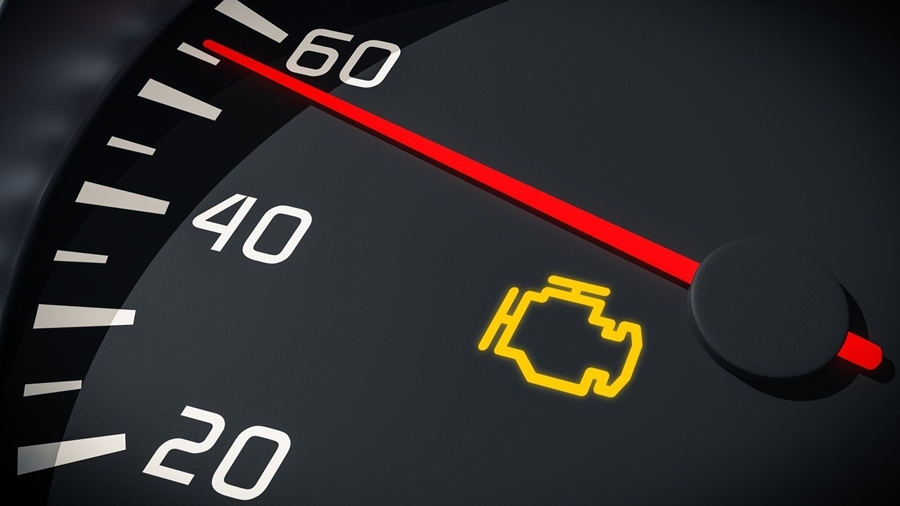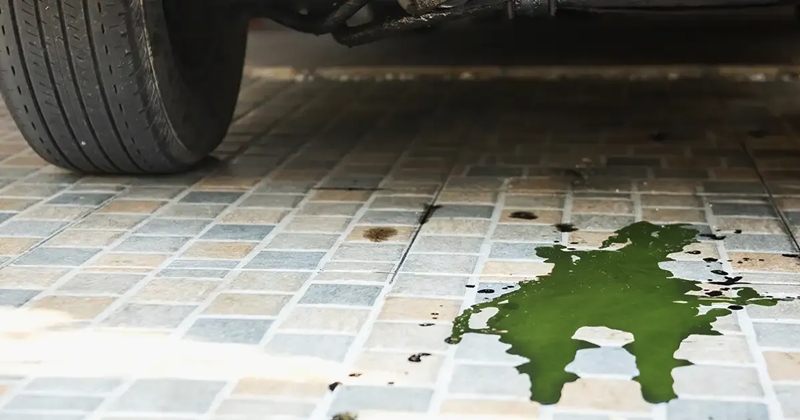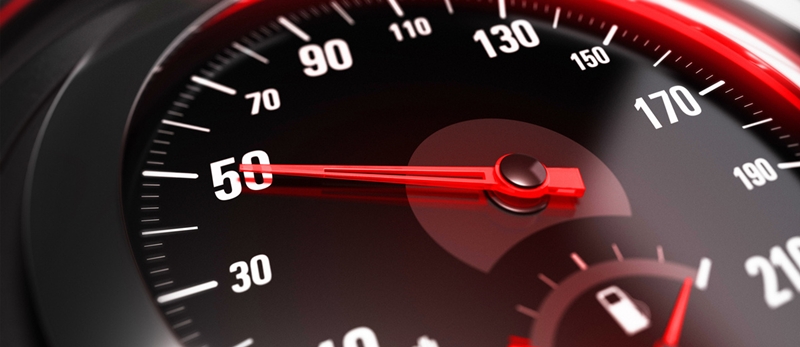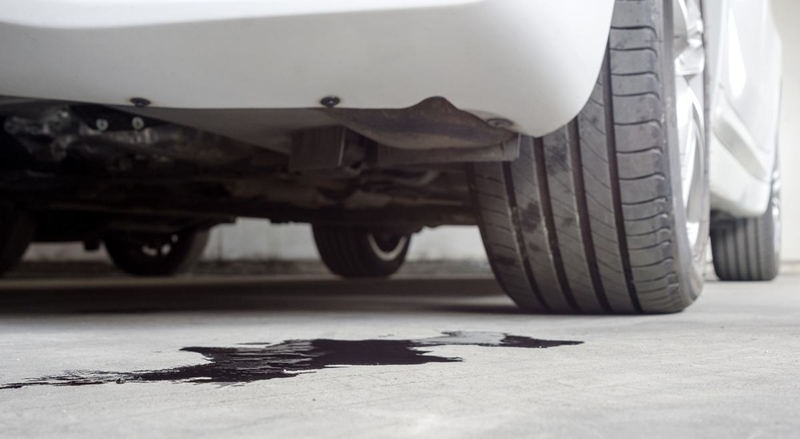That Unsettling Shake: Understanding Why Your Car Shudders While Driving
Car shudders while driving can be incredibly frustrating! After 15 years in the garage, I’ve seen countless worried faces come through my doors describing that same unsettling vibration. According to recent automotive surveys, nearly 65% of vehicle owners will experience some form of car shudders while driving during their vehicle’s lifetime, yet many put off repairs until the problem worsens.
When your car shudders while driving, it’s not just an annoyance — it’s your vehicle’s cry for help. That trembling sensation might come through the steering wheel, the seat, or the entire vehicle. The tricky part? So many different systems could be responsible! I’ve diagnosed everything from simple tire imbalances to serious transmission failures, all presenting with similar symptoms.
What makes this particularly challenging is that different types of shuddering often point to different problems. Is it only happening during acceleration? At specific speeds? During braking? These patterns are crucial clues that I’ll help you understand.
In this guide, I’ll walk you through the most common causes of car shudders while driving, how to identify which system is likely causing your specific issue, and what steps you should take before the problem leads to more serious damage.
Also read: Check Engine Light Diagnosis: Essential 6-Step Guide
Key points we’ll cover:
- Different sensations of vehicle shuddering and what they mean
- How to identify patterns in when the shuddering occurs
- The connection between shuddering and potential safety issues
- Basic troubleshooting you can do yourself
- When it’s time to see a professional
1. Engine Problems: The Prime Suspects When Your Car Shudders While Driving
I can’t tell you how many times I’ve popped the hood to find engine issues causing that unsettling shake. Car shudders while driving are often rooted in engine trouble, especially when misfires or imbalances throw everything off. When your engine runs rough, the entire vehicle can tremble as a result. Let’s break down the most common culprits I see in my shop every week.
- Spark plug failures and their connection to engine misfires
- Fuel delivery problems that create uneven engine operation
- Sensor malfunctions that disrupt the air-fuel mixture
- Air intake issues that cause performance problems
- Engine mount failures that amplify normal vibrations
If you’re noticing car shudders while driving, these engine-related issues should be high on your troubleshooting list.

Spark Plug Issues and Misfires
Nothing makes a car shudder while driving quite like a misfiring cylinder! When spark plugs fail to ignite the fuel-air mixture properly, your engine essentially runs on fewer cylinders than it should — even if just for milliseconds at a time. This creates an unmistakable shuddering that I can usually identify from the moment I get behind the wheel.
The telltale signs I look for include:
- Check engine light (often flashing when there’s a serious misfire)
- Rough idling, especially when the engine is cold
- Hesitation during acceleration
- Reduced fuel economy (sometimes dramatically)
In my experience, replacing spark plugs often resolves the issue, but the problem might also lie with ignition coils, spark plug wires, or the distributor system. I always recommend checking these components as a set when a car shudders while driving and misfires are suspected.
Also read: How Long Can Spark Plugs Last? 3 Proven Lifespan Ranges Based on Material Type (Copper vs Platinum vs Iridium)
2. Fuel and Air Delivery Problems
Your engine needs the perfect balance of fuel and air to run smoothly. When that balance is off, it can be the reason a car shudders while driving. If fuel injectors get clogged or air filters are too dirty, your engine receives an uneven supply—resulting in that frustrating shake.
Common issues I diagnose include:
- Dirty fuel injectors that can’t spray properly
- Failing fuel pumps that can’t maintain pressure
- Clogged fuel filters restricting flow
- Vacuum leaks allowing unmetered air into the system
I’ve saved many customers significant money by cleaning injectors instead of replacing them! A solid fuel system cleaning service often eliminates the kind of hesitation and vibration that happens when the car shuddering while driving due to carbon buildup.
Need a mechanic? Find one on the Mobile Mechanic Directory
3. Transmission Troubles: When Your Car Shudders During Gear Changes
If your car shudders while driving, especially during acceleration or gear shifts, I immediately suspect transmission issues. After diagnosing hundreds of these cases, I’ve developed a keen sense for telling engine shakes apart from transmission-related shudders — they feel distinctly different!
- Torque converter issues in automatic transmissions
- Fluid problems that cause gear engagement issues
- Clutch components wearing out in manual vehicles
- Solenoid failures disrupting shift patterns
- Internal wear causing mechanical vibrations
Automatic Transmission Shudders
The most common culprit I see in automatic cars is torque converter shudder. It usually shows up during light acceleration at highway speeds — like driving over a rumble strip. This type of car shudder while driving comes and goes with slight throttle pressure.
Here’s what I look for:
- Low or degraded transmission fluid (often darker than it should be)
- Contaminated fluid with metal particles or a burnt smell
- Torque converter lockup issues
- Failing transmission solenoids
These symptoms may seem minor at first, but left unchecked, they get worse fast. Catching these early has saved many of my customers from total transmission failure.
Manual Transmission Problems
With manual transmissions, shuddering usually comes down to clutch issues. A worn clutch disc, pressure plate, or flywheel can make the car shudder while driving, especially when you’re engaging the clutch.
I pay attention to:
- Vibration when the clutch is partially engaged
- Smooth operation once the clutch is fully released
- Difficulty shifting gears
- A burning smell after clutch use
I’ve rebuilt hundreds of manual transmissions, and prompt repairs often prevent bigger problems like damaged input shafts or worn bearings.
4. Wheels and Tires: The Overlooked Causes of Vehicle Shuddering
Many customers are surprised to learn their car shudders while driving because of wheel or tire issues! These problems typically create vibrations that get worse at certain speeds and are often mistaken for transmission or engine trouble.
Some common causes include:
- Tire imbalance creating speed-specific vibrations
- Alignment issues causing uneven tire wear
- Brake system problems, especially warped rotors
- Wheel bearing failures that create rhythmic vibrations
- Suspension components amplifying normal road feedback
Tire Imbalance and Alignment Issues
Unbalanced tires are one of the most common reasons a car shudders while driving at highway speeds. The vibration usually kicks in around 55–70 mph and either fades or worsens depending on speed. Alignment problems also cause strange vibrations by wearing tires unevenly.
I check for:
- The vehicle pulling to one side
- An off-center steering wheel
- Edge wear on tires
Here’s a pro tip: even new tires can create shuddering if they’re not balanced correctly. I always recommend dynamic balancing for the smoothest ride possible.

5. Brake System Problems
Warped brake rotors are one of the most common causes when a car shudders while driving, especially during braking. If that vibration kicks in only when you apply the brakes, I’d put money on it being a rotor issue.
In my experience, these brake-related problems are the usual suspects:
- Heat-damaged rotors with high and low spots
- Stuck calipers that don’t fully release
- Unevenly worn brake pads
- Loose or rattling brake components
I always recommend resurfacing or replacing rotors as soon as you feel pulsation through the brake pedal. It’s far cheaper than waiting until the problem damages other parts — and a safer move, too.
6. Drivetrain and Suspension: Hidden Culprits of Car Shuddering
Once the basics are checked, I often find drivetrain or suspension issues are the reason a car shudders while driving. These systems are loaded with moving parts that wear out over time and can create hard-to-trace vibrations.
Here are the most common problems I come across:
- CV joint damage causing vibration during turns
- Driveshaft imbalance creating speed-specific shaking
- U-joint failures in rear-wheel-drive vehicles
- Motor mount wear that allows excessive engine movement
- Bearing problems in key drivetrain components
CV Joints and Driveshaft Issues
In front-wheel-drive vehicles, worn CV joints are a major cause when a car shudders while driving, especially while turning. I can usually feel it immediately during a test drive. For rear-wheel or all-wheel-drive setups, I focus on the driveshaft and U-joints.
These create:
- Vibration that increases with speed
- Clunking during gear shifts or throttle changes
- Shuddering that varies under different loads
One tip I always share: a steady vibration that hits right at 35 mph is almost always a driveshaft balance problem, while vibrations that increase steadily with speed tend to point to worn U-joints.
Motor Mounts and Suspension Components
Motor mounts are often overlooked, but when they wear out, they’re a big reason a car shudders while driving. Worn mounts let the engine shift excessively during acceleration or deceleration — and trust me, you can feel it through the whole vehicle.
Suspension wear can also mimic drivetrain issues. I usually test for:
- Sloppy steering response
- Unusual noises when going over bumps
- Uneven tire wear
- Excessive bounce after hitting potholes
I can’t count how many times a mysterious shudder turned out to be something as simple as a worn-out bushing. These small parts make a big difference when it comes to ride quality and vibration control.

How to Diagnose the Source: A Mechanic’s Approach
After diagnosing thousands of vehicles over the years, I’ve developed a clear, step-by-step system for figuring out why a car shudders while driving. While some problems do require professional tools, many clues are right there if you know what to look for.
Start by paying close attention to when and where the shudder occurs. These patterns can quickly narrow down the possible culprits.
Pattern Recognition: The Key to Diagnosis
The first thing I ask when a customer tells me their car shudders while driving is, “When do you feel it most?” That question alone often points me in the right direction.
Here’s what I listen for:
- Shuddering at idle? I’ll check for engine misfires or worn motor mounts.
- Shuddering during acceleration? That usually means transmission, fuel, or engine issues.
- Shuddering at specific speeds? I suspect unbalanced tires, CV joints, or driveshaft problems.
- Shuddering when braking? Warped brake rotors are a strong possibility.
Where you feel it also matters:
- In the steering wheel? Front suspension or tire issues.
- Through the seat or floor? Likely a problem with the driveshaft or rear suspension.
- Throughout the entire vehicle? Could be engine misfires or major balance issues.
Professional Diagnostic Approaches
In my shop, we use several tools to track down the root cause when a car shudders while driving:
- OBD-II scanners to identify error codes from the engine or transmission
- Vibration analysis tools to pinpoint mechanical sources
- High-precision tire balancing and alignment machines
- Fluid testing kits for checking transmission health
One of the best methods I use is road testing with live data monitoring. Modern vehicles are packed with sensors, and they often reveal subtle problems before you can even feel the shuddering yourself.
When DIY Won’t Cut It: Getting Professional Help
I’m all for rolling up your sleeves and handling your own repairs, but sometimes when a car shudders while driving, the issue runs deeper than what you can fix with a wrench and some online tutorials. Knowing when to call in a professional isn’t a defeat—it’s smart.
Red Flags That Shouldn’t Be Ignored
There are a few warning signs that mean it’s time to skip the DIY and head straight to a shop. If your car shudders while driving and:
- The vibration is getting worse quickly
- The shuddering happens even at low speeds or while idling
- You see dashboard warning lights
- You hear clunking, grinding, or other odd noises
- It affects your ability to steer or brake
…it’s time for expert help. These aren’t minor problems—they can affect your safety and lead to major repairs if ignored.
Finding the Right Help
Not every shop is set up to handle vibration diagnostics, so look for one that:
- Uses advanced diagnostic tools
- Has experience with your vehicle’s make and model
- Offers road tests to replicate the issue
- Explains findings clearly and answers your questions
I always tell my customers: be specific. Don’t just say “my car shudders while driving.” Try something like “it starts around 45 mph and gets worse on hills.” That level of detail makes diagnosis faster and more accurate.
Preventing Shudders Before They Start: Maintenance Tips
In my shop, I’ve seen how many cases where a car shudders while driving could’ve been avoided altogether. Routine maintenance isn’t just good practice—it’s your best defense.
Regular Maintenance That Prevents Problems
Here are a few habits I recommend that can keep your ride smooth:
- Change spark plugs on schedule
- Keep transmission fluid fresh and at the right level
- Balance and rotate tires regularly
- Check your alignment after rough pothole hits
- Inspect motor mounts if you notice more engine movement
- Clean the fuel system when needed
Neglecting these basics often leads to unnecessary wear and—yep—shuddering.
Simple Preventative Checks
Even between shop visits, you can stay ahead of problems. Keep an eye (and ear) out by:
- Checking tire pressure monthly
- Watching for uneven tread wear
- Listening for new noises, especially at idle
- Noticing if gear shifts feel different
- Taking new vibrations seriously, no matter how small
Addressing these little things early can prevent your car from shuddering while driving later on.
Taking Action: Next Steps When Your Car Shudders While Driving
If your car shudders while driving, don’t ignore it and hope it goes away. That approach rarely works—and usually leads to a bigger repair bill.
Here’s your action plan:
- Start tracking when and where the shuddering happens
- Look for visible signs: fluid leaks, tire wear, etc.
- Think about recent repairs that could’ve triggered it
- Get a trusted mechanic to perform a professional diagnosis
- Fix it early—shuddering can lead to drivetrain or suspension damage if left unchecked
Remember, every vibration tells a story. Whether it’s your engine, wheels, or transmission, that shake is your car asking for attention.
I hope this guide has helped you feel more in control of your car’s health. Over my 15+ years in the garage, one thing is clear: the drivers who pay attention and act early avoid the biggest bills—and spend more time enjoying the ride.





